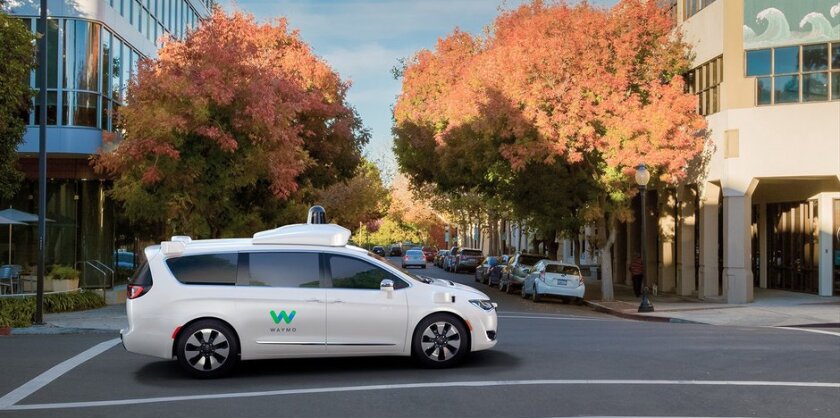Colorado has welcomed autonomous vehicles — but unlike Arizona or California, the state has no agency charged with regulating safety, privacy or accountability.
With announcements of more than two dozen manufacturing plants in the so-called “Battery Belt” of the U.S., the industry is growing at a breakneck pace.
Electric vehicles make up an average of 6 percent of new vehicle registrations each month in Washington, double 2020’s monthly average. But a recent poll found that 48 percent of residents do not support a gas-car ban.
Gov. Roy Cooper issued an executive order to establish the North Carolina Advanced Clean Trucks program, which will require medium and heavy-duty truck fleets to increase their rate of zero-emission vehicles starting by 2025.
Generous federal funding will help school districts convert their fleets of aging, polluting diesel buses. But the complex financial question they face is whether to own or lease them from a third party.
The U.S. Department of Energy reports that there are 39 percent more electric vehicle chargers statewide this year than last, yet there is still only one charging station for every seven EV drivers.
Since the start of 2021, car manufacturers have announced plans to spend at least $50 billion on electric vehicle plants in 10 states and have received commitments of at least $10.8 billion to lure those developments within their borders.
For many residents who own an EV but do not have off-street parking, their charging solution of running a cord across a sidewalk is not really legal or safe. But without proper infrastructure, there aren’t many options.
At least eight states have bills that would modify existing or establish new programs to tax drivers of electric vehicles based on the number of miles they drive to supplement the decreasing revenue from the gas tax.
California’s shift away from gas-powered vehicles could mean as many as 80 percent of gas stations would be unprofitable by 2035. The state has some 250,000 station owners and employees.
The Colorado charging station bypasses the requirement for a three-phase power distribution system, which is not easily available in rural electric systems, by using existing infrastructure. Many hope this encourages electric vehicle adoption.
The state aims to have 1 out of every 5 vehicles on its roads electric by 2030, yet less than 1 percent of registered vehicles in the state are EVs and just 10 school buses and eight public transit buses are electric.
A new study from Nature Energy found that electric vehicle drivers should shift to charging their cars during the daytime, either at work or a public charging station, to reduce strain on the electric grid and infrastructure expansion needs.
The money will be used to build upon the state’s existing base of electric vehicle chargers over the next two years. The Department of Energy listed nearly 1,300 public chargers across the state at 465 designated stations.
The state’s ban on the sale of new gasoline-powered cars by 2035 aims to significantly reduce its largest source of carbon emissions and air pollution. Looking at the state’s past climate initiatives may help determine if this plan will work.
The toll road is looking to solar energy production to eventually electrify part of the road so electric vehicles can charge as they travel. The roadway would charge drivers for the electricity costs as they drove.
Most Read


















